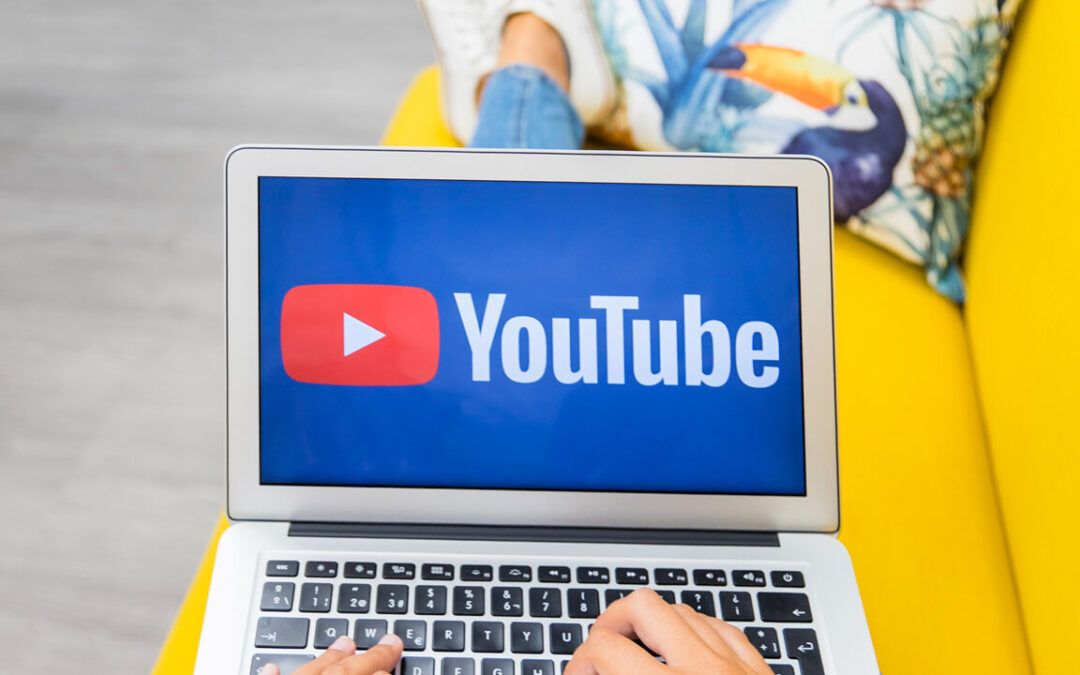When we think of social media, platforms like Facebook, Instagram, or TikTok might come to mind first. But what about YouTube? Is YouTube a social media platform or just a place to share videos? This blog explores whether YouTube fits within the definition of social media and how it compares to other platforms in terms of user interaction, content, and community.
1. What Defines a Social Media Platform?
Before diving into YouTube specifically, it’s important to understand what makes a platform “social media.” In general, social media platforms share a few core features:
- User-generated content
- Community interaction
- Profile creation and customization
- Real-time engagement (likes, comments, shares)
- Network building (followers, subscribers, etc.)
Social media platforms allow users to share content, engage with others, and build a digital community. Now let’s see where YouTube comes in.
2. YouTube’s Role in Content Sharing
At its core, YouTube is a platform where users upload and share videos. It started in 2005 as a space for personal videos but has evolved into a massive ecosystem featuring:
- Vlogs and lifestyle content
- Educational tutorials
- Gaming streams
- Music videos
- Product reviews and unboxings
Like TikTok and Instagram Reels, YouTube allows content creators to build a following and reach large audiences. Comments, likes, dislikes, and subscriptions help people interact, which is a big part of what makes something social media.
3. Key Social Media Features of YouTube
Let’s break down YouTube’s features that mirror traditional social media platforms:
User Profiles
Every YouTube account has a channel, similar to a profile page on Instagram or Facebook. Users can upload videos, update their profile information, link social accounts, and more.
Subscriber Model
Just like “followers” on Instagram or Twitter, YouTube has a “subscribe” button. Users can follow creators they enjoy and receive notifications when new content is posted.
Likes, Comments, and Shares
Videos can be liked, disliked, commented on, and shared—social behaviors that drive engagement and visibility.
Community Tab
YouTube introduced the Community tab, where creators can post updates, polls, images, and more, encouraging interaction beyond video content.
Live Streaming
Live chats and real-time comments during YouTube Live broadcasts allow direct viewer interaction, similar to Facebook Live or Instagram Live.
4. YouTube as a Search Engine and Social Space
YouTube is the second-largest search engine after Google. While this highlights its utility in information discovery, it doesn’t exclude it from being social media.
Think of it this way: just because someone uses Google to search for answers doesn’t mean they’re part of a community. But YouTube users often subscribe to channels, comment on videos, reply to others, and form digital relationships just like on Reddit or Facebook.
5. Is YouTube More Social or Informational?
YouTube is both a social and content-driven platform. While it delivers massive amounts of educational and entertaining video content, it also thrives on user engagement. The platform has evolved to support creators through monetization, community interaction, and algorithm-driven visibility.
In contrast to Instagram or Snapchat, which are more focused on quick, visual updates and personal interaction, YouTube leans heavily into long-form content. But that doesn’t mean it’s not social media, it’s simply a different form of it.
Also, learn more about the why hire a social media consultant uk
6. YouTube vs Other Social Media Platforms
| Feature | YouTube | TikTok | ||
|---|---|---|---|---|
| Video Sharing | ✔️ | ✔️ | ✔️ | ✔️ |
| Comments | ✔️ | ✔️ | ✔️ | ✔️ |
| Community Post | ✔️ | ❌ | ✔️ | ❌ |
| Livestreaming | ✔️ | ✔️ | ✔️ | ✔️ |
| Search Engine Use | ✔️ | ❌ | ❌ | ❌ |
From the table, you can see YouTube ticks all the boxes expected from a social media platform, plus it offers added advantages in search functionality.
7. Final Verdict: Is YouTube Social Media?
Yes, YouTube is a social media platform. It may not look exactly like Facebook or Instagram, but it shares all the core features:
- Users create and share content
- Others can like, comment, and respond
- Communities form around creators and interests
What sets YouTube apart is its emphasis on video and discoverability, but these differences enhance rather than detract from its identity as social media.
8. Why It Matters
Understanding that YouTube is social media helps businesses and content creators develop better strategies. If you’re marketing a product, engaging your community, or building a personal brand, YouTube offers all the tools needed for a successful social media presence—just in video format.
Conclusion
YouTube may have started as a video-sharing website, but over the years, it has grown into a dynamic social platform with billions of users engaging daily. Its combination of content creation, user interaction, and community development makes it undeniably social in nature.
So next time you upload a video or leave a comment on your favorite creator’s channel, remember you’re participating in one of the most powerful social media platforms in the world.

